Have you ever caught your cat staring at you with those mysterious, unblinking eyes and wondered, “What’s really going on in that little head?” Cats, with their aloof charm and unpredictable antics, have often been painted as enigmatic and maybe even a bit lazy. But what if we’ve been underestimating their intelligence all along? Recent studies and everyday stories suggest that our feline friends might be plotting, learning, and solving problems in ways we never imagined. Prepare to be surprised, delighted, and maybe a little bit outsmarted as we dig into the secret genius of cats.
The Ancient Wisdom of Felines

Cats have lived alongside humans for thousands of years, and they’ve picked up more than a comfortable spot on the couch. Ancient Egyptians worshipped cats, believing they had mystical powers and wisdom. Even today, cats seem to possess an uncanny sense of timing and intuition. They know when you’re sad, hungry, or about to open a treat jar. This ancient bond hints at a depth of understanding and adaptability that goes far beyond simple instincts. Their ability to read human emotions and routines might just be the result of centuries of quiet observation and learning.
Reading Human Emotions: Cat Empathy

It’s shocking how well cats can sense your mood. Have you ever noticed your cat curling up beside you when you’re feeling down, or playfully pouncing when you’re in a good mood? Studies show that cats are capable of recognizing human emotions through facial expressions, tone of voice, and even body language. Unlike dogs, who are openly affectionate, cats offer comfort in more subtle ways, such as gentle headbutts or a soft purr. This emotional intelligence is a sign of their keen awareness and their ability to adapt their behavior to suit your needs.
Problem Solving Prowess

Think about the last time your cat figured out how to open a door or unearth a hidden toy. Cats are natural problem solvers, using both trial-and-error and observation to get what they want. Some cats learn how to turn doorknobs, open cabinets, or even flush toilets! Watching a cat strategize and experiment with objects is like witnessing a tiny scientist at work. Their persistence and curiosity drive them to master their environment, proving they’re far more than just creatures of habit.
Memory Like an Elephant (But Cuter)

A cat’s memory can be shockingly sharp, especially when it comes to things that matter to them—like where you hide the treats. Cats are known to remember locations, voices, and even specific routines for years. If you’ve ever moved house and your cat still manages to find the old feeding spot, you’ve experienced their impressive long-term memory. Their ability to recall positive (and negative) experiences shapes their behavior, making them highly adaptive and surprisingly clever.
Communication: More Than Meows and Purrs

Meowing isn’t just noise; it’s a language. Cats use a variety of vocalizations, body postures, and facial expressions to communicate with humans and other animals. Each meow, chirp, or hiss carries a specific meaning, which attentive owners quickly learn to interpret. Some cats even develop unique “words” for certain people or situations. By tailoring their communication style, cats show an advanced understanding of how to get their message across, whether it’s asking for food or warning you about a stranger at the door.
Social Smarts: Navigating the Feline World

Contrary to their reputation as solitary creatures, many cats are social strategists. In multi-cat households or outdoor colonies, cats form complex social hierarchies. They use subtle signals like tail flicks, ear positions, and even grooming to negotiate friendships and rivalries. Recognizing these intricate dynamics reveals just how socially intelligent cats can be. They know when to assert dominance, when to back off, and how to maintain peace among their peers—skills that rival those of any human diplomat.
Observation: The Art of Silent Learning

Cats are the ultimate observers. They spend hours watching their environment, taking in every detail before making their move. This patient approach allows them to learn without risking harm or wasting energy. Whether they’re studying the best route to a sunny window or figuring out how to snag a treat from a puzzle toy, their watchful eyes miss nothing. This observational learning style makes them masters at adapting to new situations and environments.
Playtime: Practice Makes Perfect
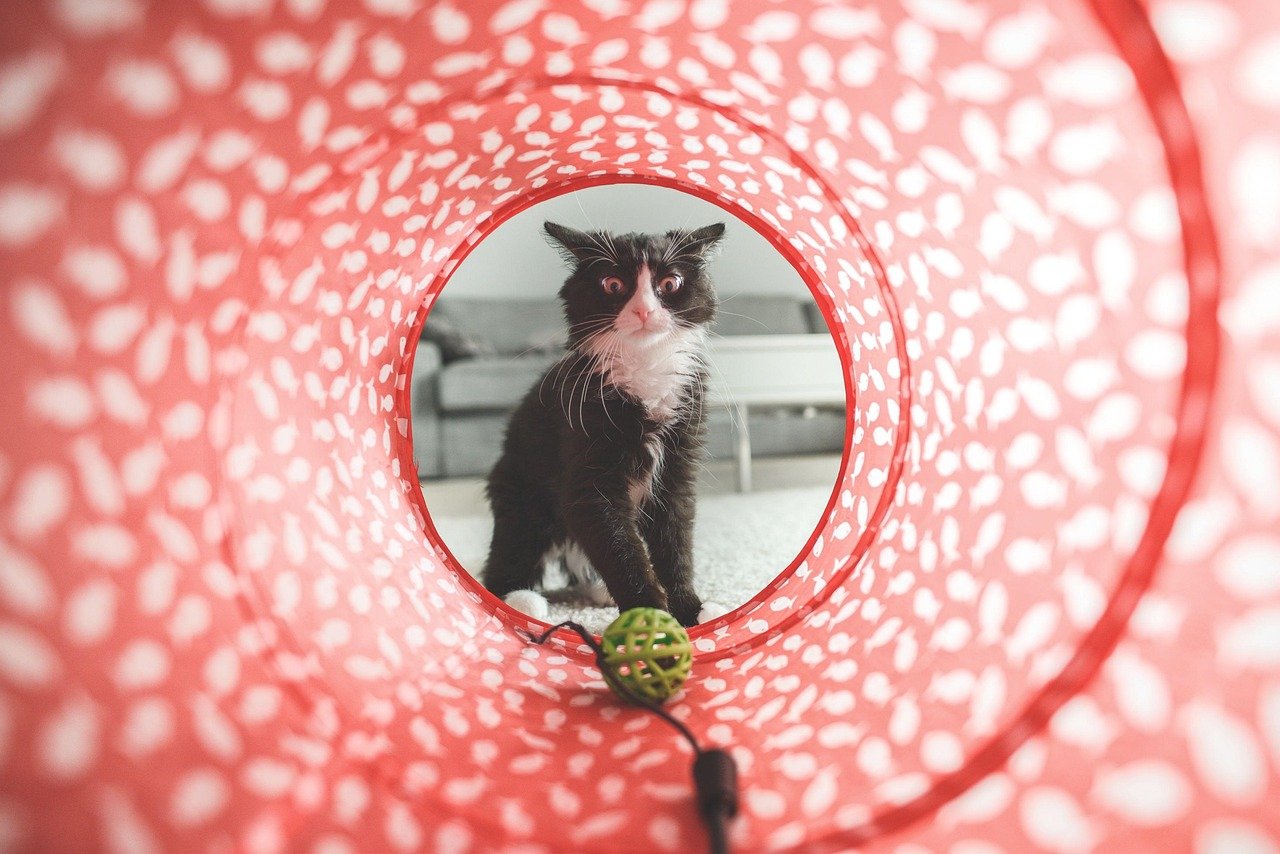
When your cat chases a feather or stalks a toy mouse, it’s more than just fun—it’s practice. Play is essential for developing and sharpening hunting skills, but it also reveals their ability to plan, predict, and improvise. Through play, cats test boundaries, learn from mistakes, and develop creative strategies. Their playful antics aren’t just for show; they’re evidence of a mind that’s constantly learning and evolving.
Tool Use: Yes, Some Cats Use Tools!
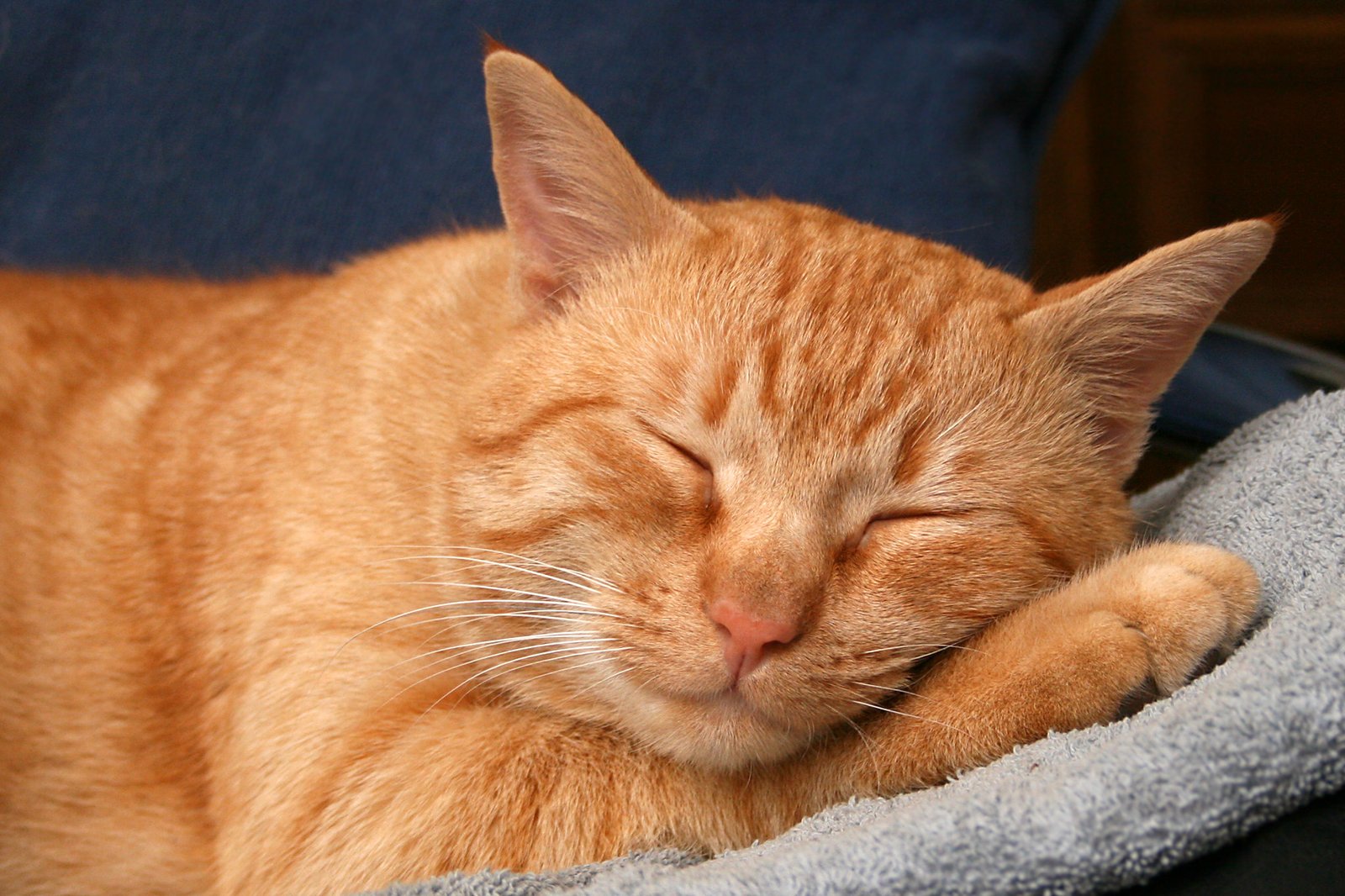
It might sound unbelievable, but some cats have been observed using objects as tools. For example, a clever feline might use a stick to fish a toy out from under the couch or manipulate objects to achieve a goal. While not as common as in some other animals, this ability highlights an impressive level of innovation and adaptability. It shows that cats are capable of thinking outside the box—sometimes literally!
Understanding Cause and Effect
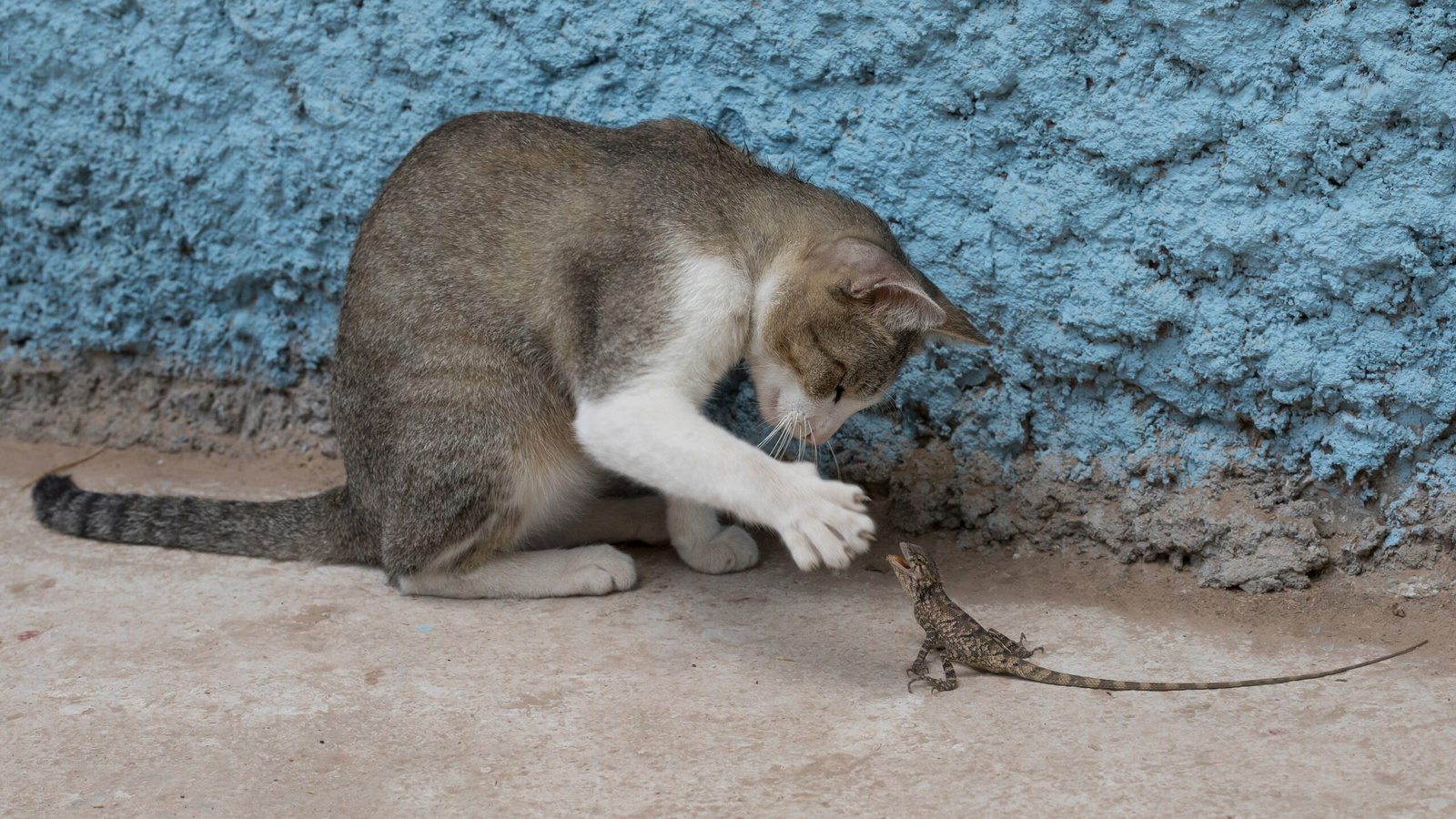
Cats quickly learn how their actions can influence their surroundings. If knocking over a glass gets your attention, you can bet they’ll do it again. This understanding of cause and effect is a key sign of intelligence. They recognize that certain behaviors lead to specific outcomes, and they’re not afraid to repeat what works. It’s not mischief—it’s science, feline style.
Recognizing Their Names (And Choosing When to Respond)

Despite their reputation for ignoring us, research shows that cats do recognize their names. They’ll often flick an ear or turn their head when called, even if they choose not to come running. This selective response isn’t stubbornness—it’s independence. Cats decide for themselves whether your call is worth their time, reminding us that intelligence sometimes means knowing when to ignore the noise.
Adaptability: Masters of Change
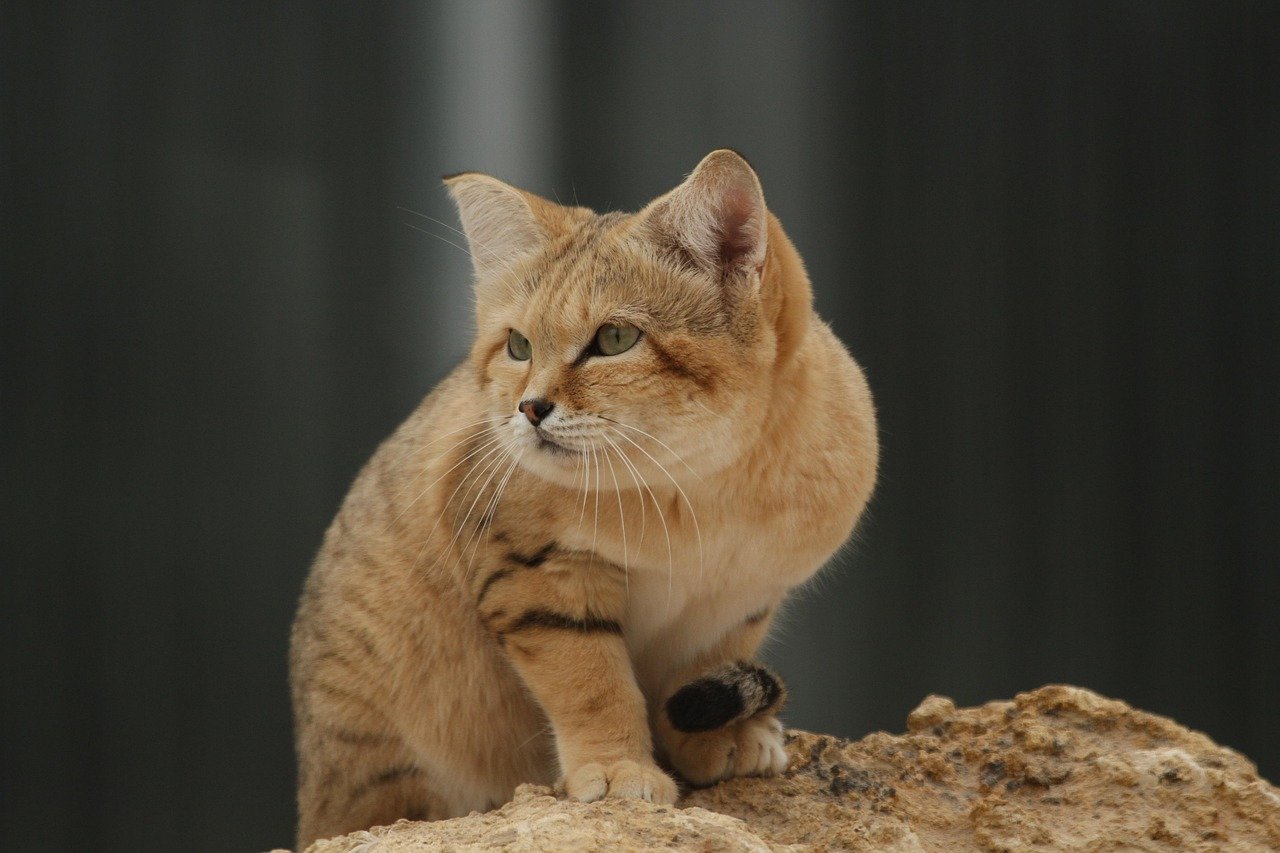
Move to a new home, rearrange the furniture, or adopt a new pet—cats may sulk for a bit, but they almost always find a way to adapt. Their resilience in the face of change is a testament to their intelligence. Unlike many animals, cats can adjust their routines, explore new territories, and even learn to coexist with unexpected housemates. Their ability to thrive in different environments is nothing short of inspiring.
Learning By Watching Humans

Cats are expert copycats—sometimes quite literally. Many cat owners have stories of their pets mimicking human behaviors, like opening doors, flushing toilets, or even trying to use the sink. By closely observing us, cats figure out how things work and often attempt to replicate actions that get results. This imitation is a clear sign of their capacity for learning by example.
Navigation Skills: Finding Their Way Home
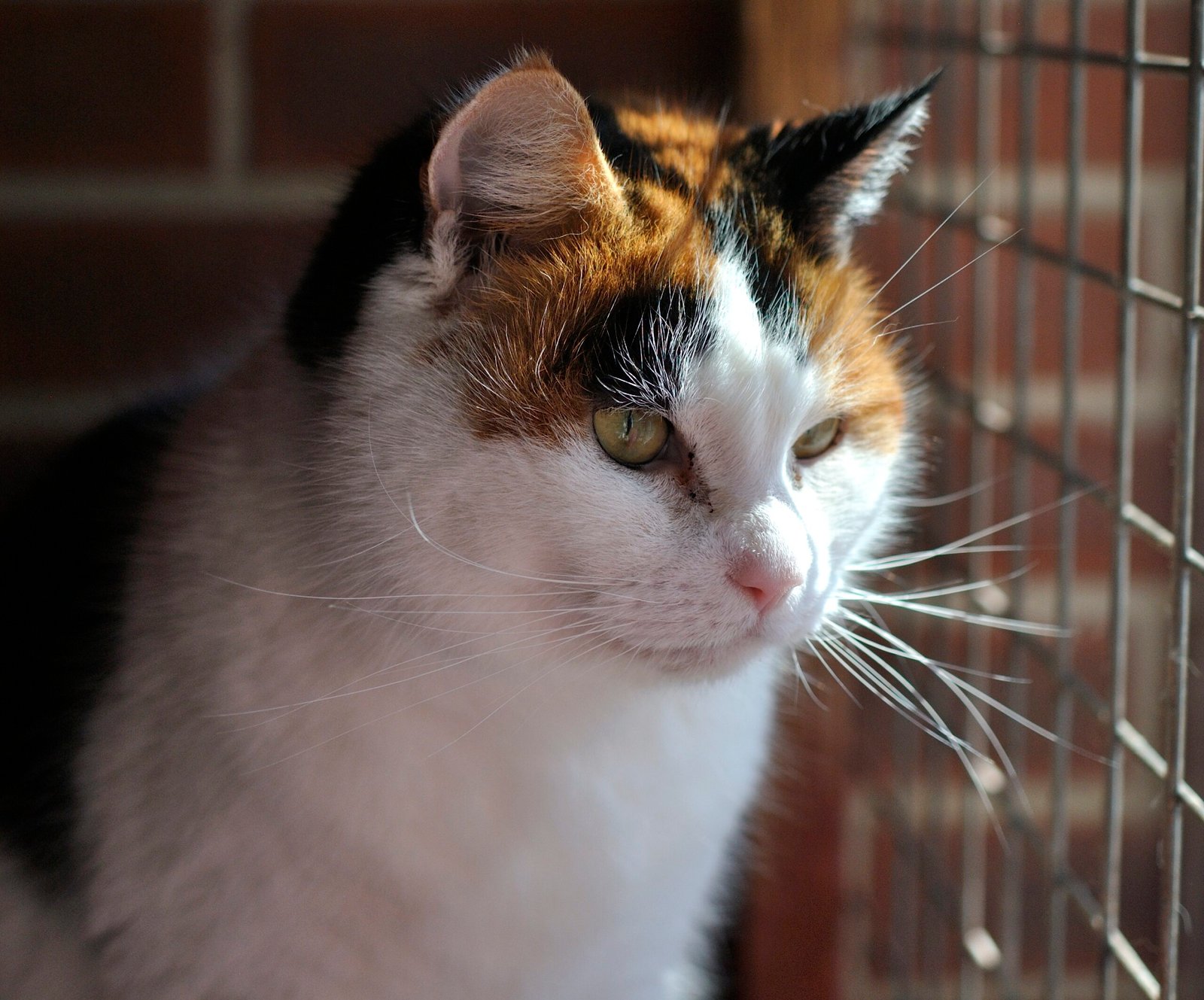
There are countless heartwarming stories of cats traveling miles to return home after getting lost. Scientists believe cats use a combination of scent cues, memory, and possibly even the Earth’s magnetic field to navigate. Their homing ability is still a bit of a mystery, but one thing’s for sure: cats have an astonishing sense of direction that rivals the best GPS.
Training Humans: Who’s Really In Charge?

If you think you’re training your cat, think again. More often, it’s the other way around. Cats are masters at shaping our behavior to meet their needs. They know exactly which meow will get you out of bed or which look will convince you to share your dinner. Their subtle manipulation is a testament to their emotional intelligence and social savvy. Who’s the real boss in your house?
Recognizing Patterns and Routines

Cats are creatures of habit, but that’s part of their genius. They quickly pick up on your daily routines—when you wake up, when you come home, and when dinner is served. By recognizing these patterns, they learn how best to interact with you and even anticipate what will happen next. This pattern recognition helps them feel secure and gives them a sense of control over their environment.
Dreaming: The Secret Life of Sleeping Cats

Watching a cat twitch, chirp, or paddle its paws in sleep is endlessly entertaining. But did you know that these movements are signs of dreaming? Researchers have found that cats, like humans, experience REM sleep and likely dream about daily experiences—chasing, hunting, or playing. This suggests a rich inner world and the capacity for imagination, memory consolidation, and even creative problem solving while asleep.
Self-Grooming and Hygiene Intelligence

Cats spend hours each day grooming themselves, but this isn’t just about looking good. Grooming helps regulate body temperature, reduce stress, and maintain health. Cats even use grooming as a social tool—licking other cats or occasionally their humans as a sign of trust. Their meticulous attention to hygiene shows an instinctive understanding of self-care and wellbeing, a trait shared with some of the smartest animals on earth.
Recognizing Danger and Making Smart Decisions

Cats have a finely tuned sense of danger. Whether it’s avoiding a suspicious new object or steering clear of an aggressive animal, their risk assessment skills are impressive. Cats weigh the pros and cons before taking action, often choosing caution over recklessness. This ability to evaluate threats and make smart choices is a sign of true intelligence, keeping them safe in a world full of surprises.
Emotional Depth: More Than Meets the Eye

Beneath their cool exterior, cats experience a wide range of emotions—joy, frustration, curiosity, and even jealousy. They form deep bonds with their owners and can grieve when separated or when a companion animal passes away. Their emotional complexity is often overlooked, but anyone who’s seen a cat comfort a crying child or mourn the loss of a friend knows just how deep their feelings can run.
Individual Personalities: No Two Cats Alike

Just like people, every cat has a unique personality. Some are outgoing and playful, while others are shy and contemplative. This individuality is shaped by genetics, early experiences, and their environment. Getting to know your cat’s quirks and preferences is part of the joy of sharing your life with a feline companion. Their distinct personalities are a reminder that intelligence comes in many forms—and sometimes, it’s wrapped in fur and purrs.
Hi, I’m Bola, a passionate writer and creative strategist with a knack for crafting compelling content that educates, inspires, and connects. Over the years, I’ve honed my skills across various writing fields, including content creation, copywriting, online course development, and video scriptwriting.
When I’m not at my desk, you’ll find me exploring new ideas, reading books, or brainstorming creative ways to solve challenges. I believe that words have the power to transform, and I’m here to help you leverage that power for success.
Thanks for stopping by, Keep coming to this website to checkout new articles form me. You’d always love it!






